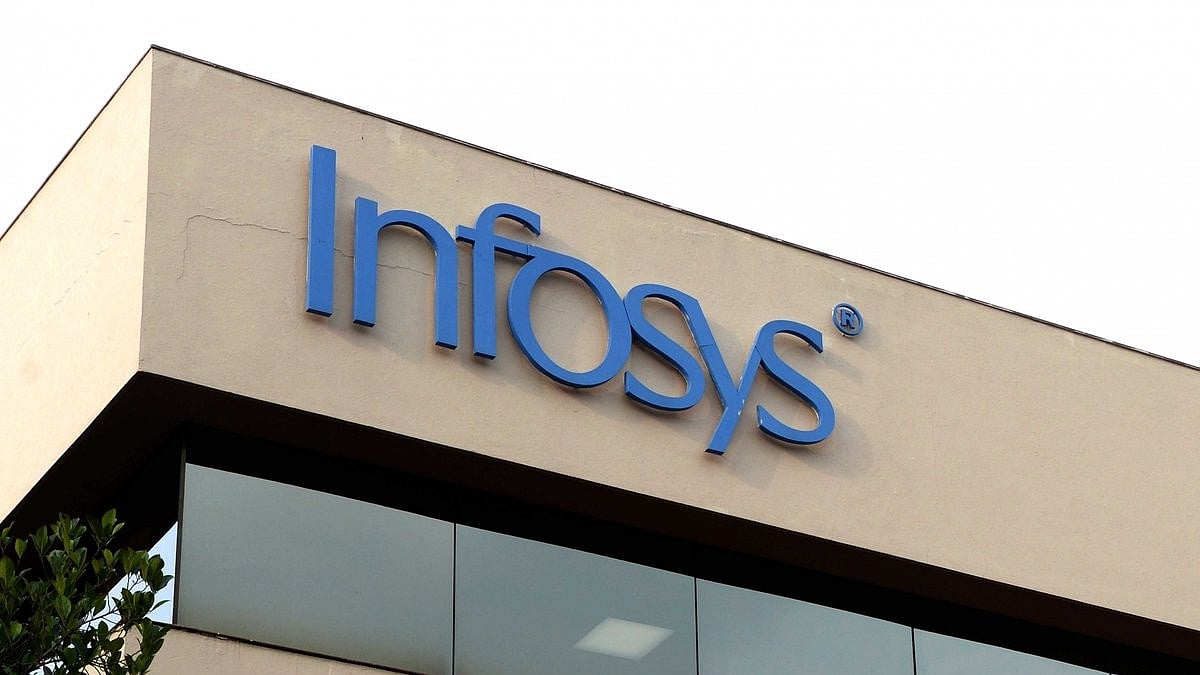Business
Tighter US visa rules push up subcontracting costs for Indian IT majors
The spike in costs comes amid increased application fees, prompting Indian IT firms to rely more heavily on local subcontractors for onsite projects

Stricter US visa regulations and higher application fees are fuelling a surge in subcontracting costs for India’s leading IT firms, as companies increasingly hire locally in overseas markets to reduce dependence on H-1B visa holders.
According to data from UnearthInsight, Infosys reported the sharpest year-on-year rise in subcontracting expenses — up 11.5 per cent to 8.7 per cent of revenue in the September quarter. Tech Mahindra also recorded a 10.3 per cent increase in subcontracting costs as a share of revenue during the same period, though it saw the steepest annual decline at 9.6 per cent.
Tata Consultancy Services (TCS) remained the least reliant on subcontractors, with such costs accounting for only around 5 per cent of its revenue. Apart from TCS, all top eight Indian IT majors witnessed a sequential increase in subcontracting expenses in Q2, the data revealed.
“Infosys recorded the sharpest rise, driven by demand for new-age AI skills and project-specific location needs,” the report noted.
“Tech Mahindra’s costs declined as it focuses on margin optimisation, using consistent reduction in subcontracting as a key lever,” UnearthInsight added.
Published: undefined
Industry analysts, however, believe that visa-related restrictions are only part of a wider trend affecting IT business models. H-1B visas, which allow US employers to hire foreign professionals in specialised roles across technology, engineering and STEM fields, remain vital to Indian IT companies, with the US market contributing roughly 60–70 per cent of their revenues.
Gaurav Vasu, founder and CEO of UnearthInsight, said the rise in subcontracting reflects broader structural changes. “Instead of investing in full-time employees, IT majors are opting for subcontracting and expanding near-shore capabilities. While H-1B visa changes are a small factor, this shift is mainly driven by evolving deal terms,” he said.
Vasu pointed out that deal tenures have become significantly shorter, with many projects now lasting just six to nine months. “These are often specialised, AI or transformation-led projects in the US and European markets,” he added.
Uncertainty in global demand has further encouraged firms to depend on contractors rather than full-time staff to manage costs.
“Companies are holding off on expanding full-time hiring until demand improves. When they see short-term spikes in demand for specialised skills, they’re turning to subcontractors instead,” said Piyush Pandey, Senior Vice-President – Institutional Equity Research at Centrum.
As the global IT services market adapts to a more unpredictable environment, subcontracting is emerging as a flexible but costly strategy, one that reflects both the talent challenges and the cautious optimism shaping India’s tech sector today.
With agency inputs
Published: undefined